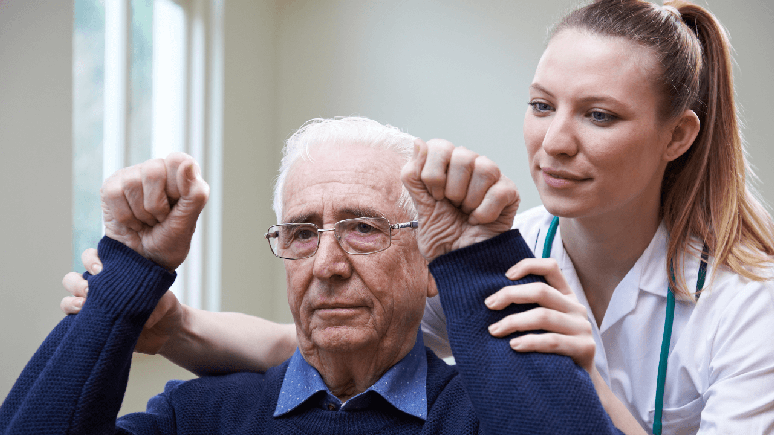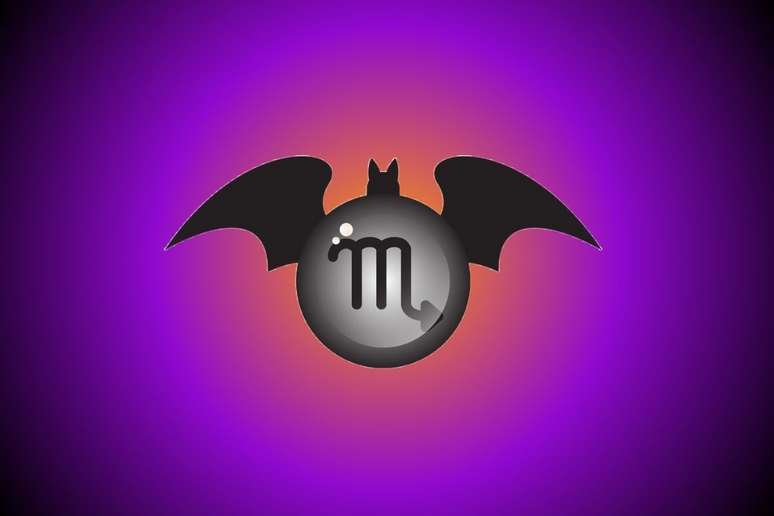The disease can leave serious consequences and even lead to death.
A stroke is a medical emergency that can manifest itself in two ways. The first is called ischemic stroke and occurs when there is a disruption of blood flow to the brain. The second, known as hemorrhagic strokehappens when a blood vessel ruptures and causes bleeding in the brain.
According to neurosurgeon Victor Hugo Espíndola, a specialist in cerebrovascular diseases, hemorrhagic stroke is a condition that tends to be more serious. This is because it causes further blood damage to the brain tissue and can cause a intracranial hypertension whose risk of death is high. “Both situations result in a reduction in the supply of oxygen and nutrients to brain cells, which can cause permanent damage,” explains the doctor.
Stroke symptoms
Despite causing extensive damage to health and possible consequences, the disease does not always manifest itself with clear and easily identifiable signs. Therefore it is essential to pay attention body symptoms. Find out below what the main ones are.
- Tingling on one side of the body
- Loss of strength
- Changes in vision
- Inability to lift arms or legs
- Asymmetrical smile
- Nausea and vomiting
- Difficulty speaking
The specialist explains that to identify the symptoms in a more practical way it is advisable to carry it out SAMU technique (Smile, Hug, Message and Urgency). “If a person has difficulty smiling, raising their arms or has difficulty speaking, it is essential to contact the doctor immediately by calling 192 and reporting a suspected stroke,” he advises.
Diagnosis
The diagnosis of stroke is made through imaging tests that identify which area of the brain has been affected and the type of stroke. This is the case, for example, of skull computed tomography, the most common method for the initial evaluation of acute ischemic stroke.
Furthermore, according to the Ministry of Health, it is essential to adopt some emergency clinical care when the patient arrives at the hospital.
- Check vital signs such as blood pressure and temperature
- Check blood sugar
- Place the person flat unless he or she is vomiting
- Place intravenous access in the arm that is not paralyzed
- If necessary, administer oxygen
- Determine the time of onset of symptoms through a questionnaire to the patient or companion
Risk factors for stroke
Some health factors and conditions can increase the chance of having a stroke, whether ischemic or hemorrhagic.
- Obesity
- Hypertension
- Type 2 diabetes
- High cholesterol
- Sedentary lifestyle
- Smoking
- Excessive alcohol consumption
- Drug use
- Family history
- Advanced age
- Being male
Prevention
The inclusion of simple practices is essential to prevent the disease. Doing physical activity regularly, avoiding alcohol and tobacco consumption, controlling stress and taking care of your blood pressure are attitudes that can make a difference. “Adopting healthy habits is essential to reduce the risk of stroke and promote a more balanced life”, concludes the neurosurgeon.
Source: Terra
Ben Stock is a lifestyle journalist and author at Gossipify. He writes about topics such as health, wellness, travel, food and home decor. He provides practical advice and inspiration to improve well-being, keeps readers up to date with latest lifestyle news and trends, known for his engaging writing style, in-depth analysis and unique perspectives.








